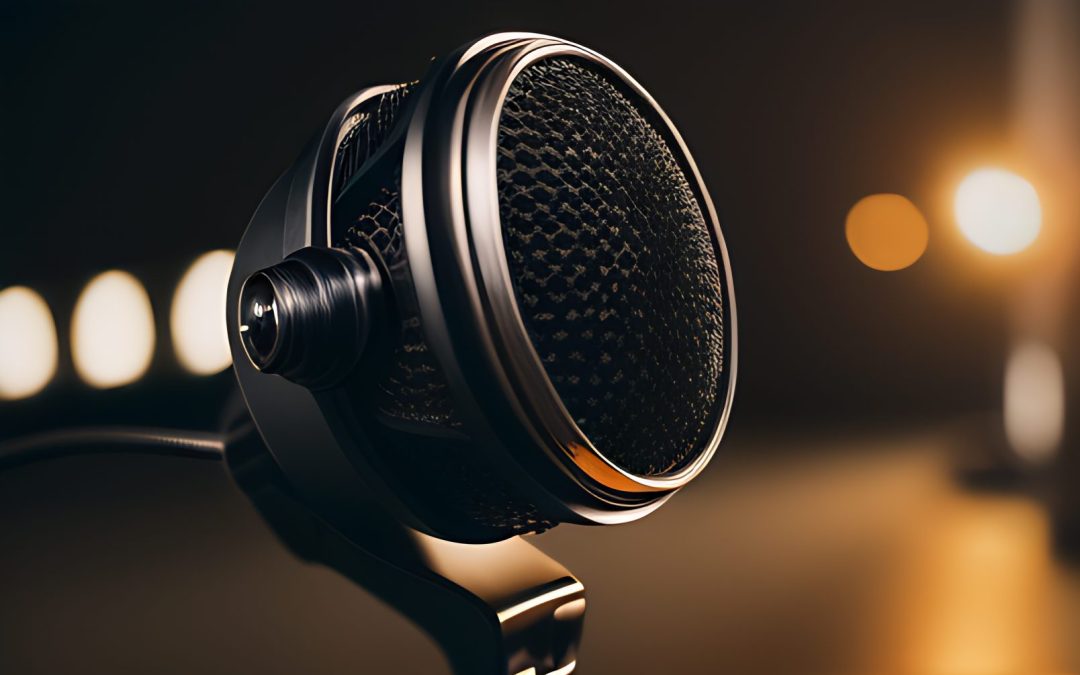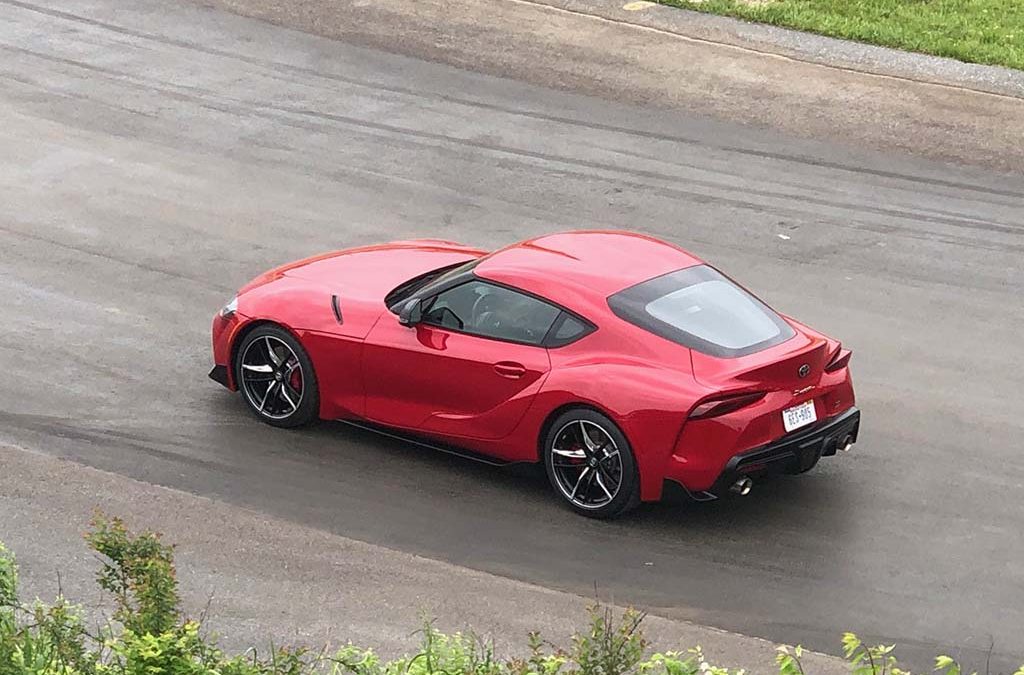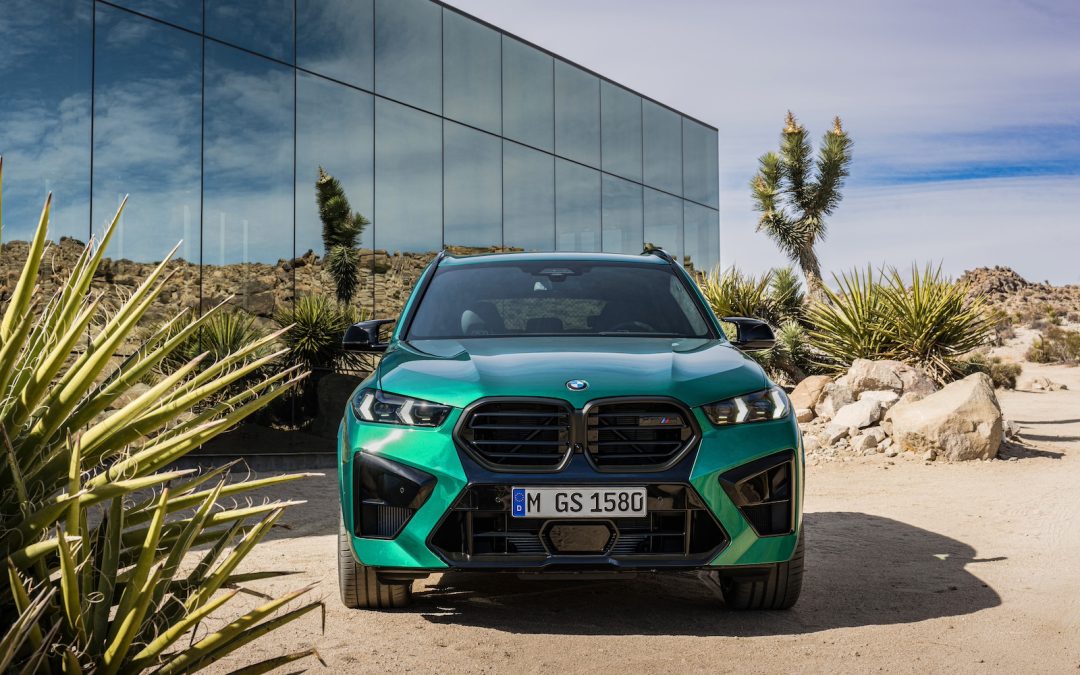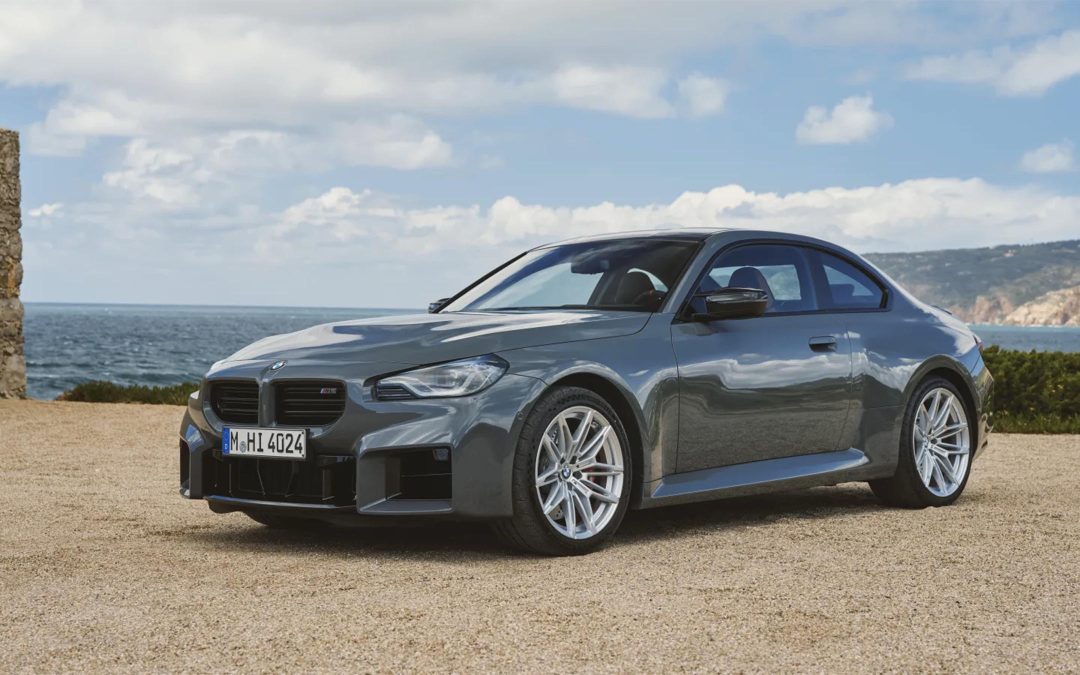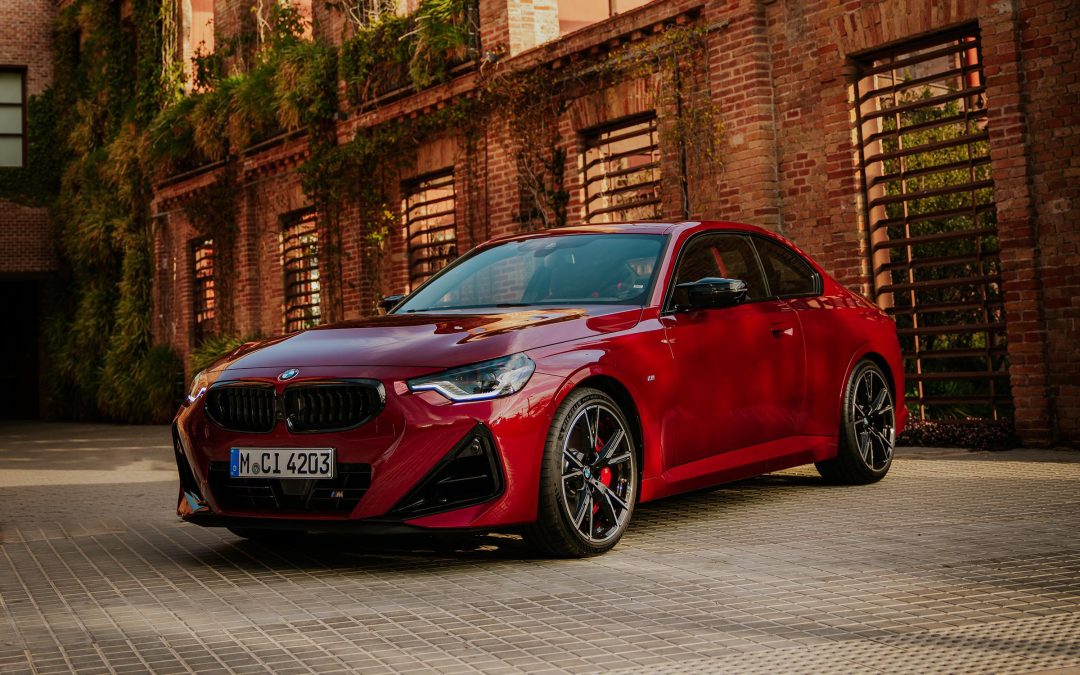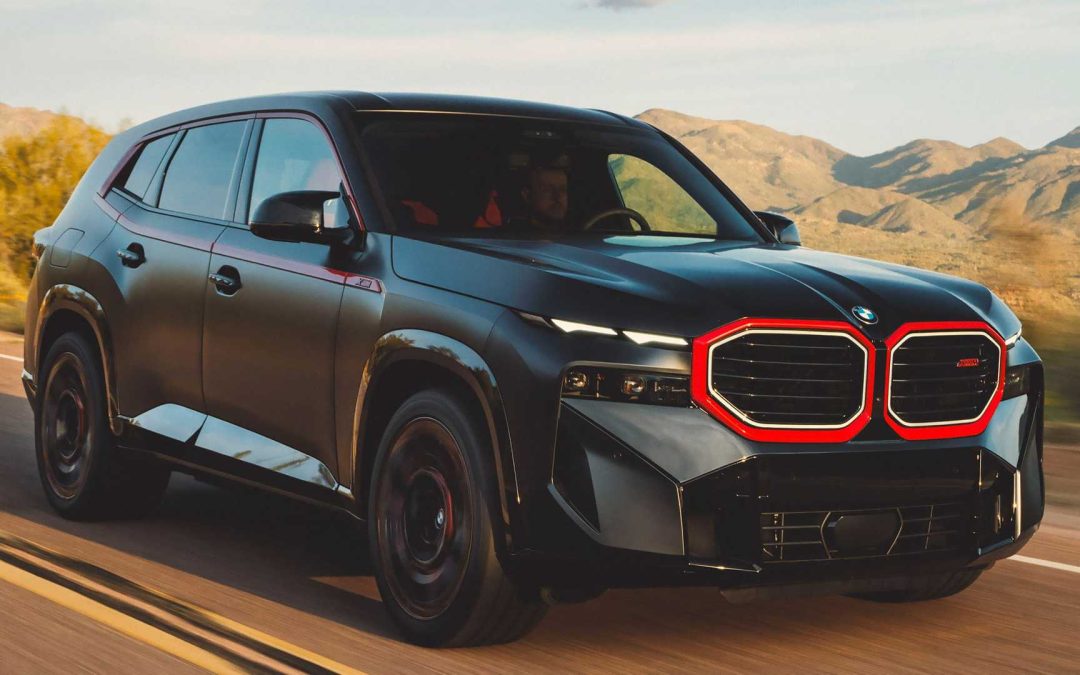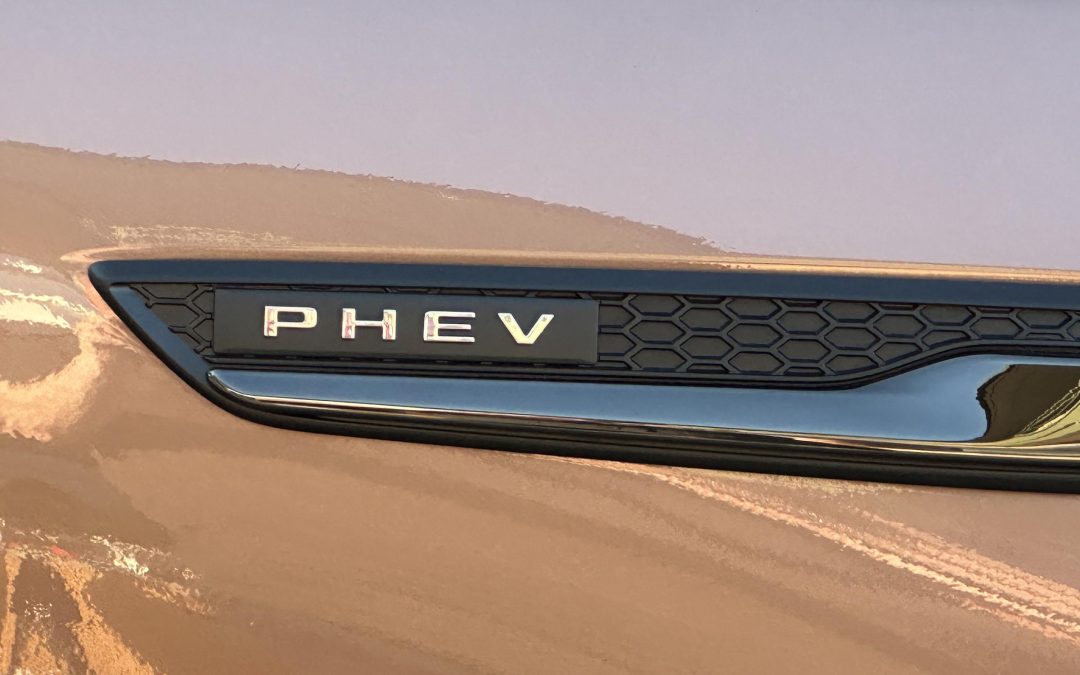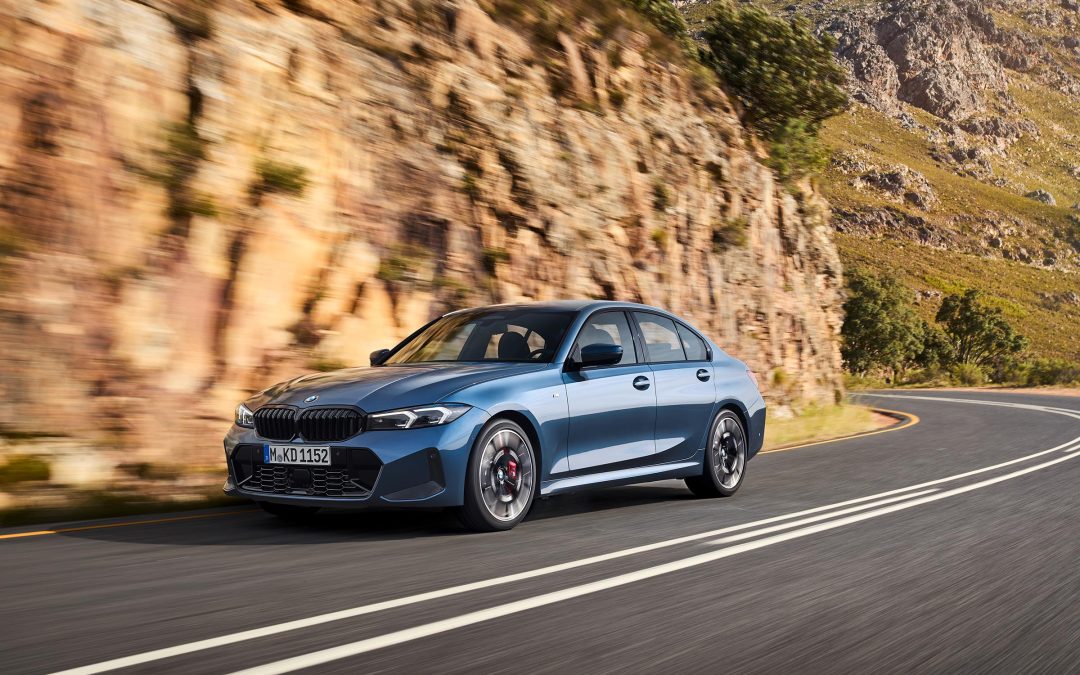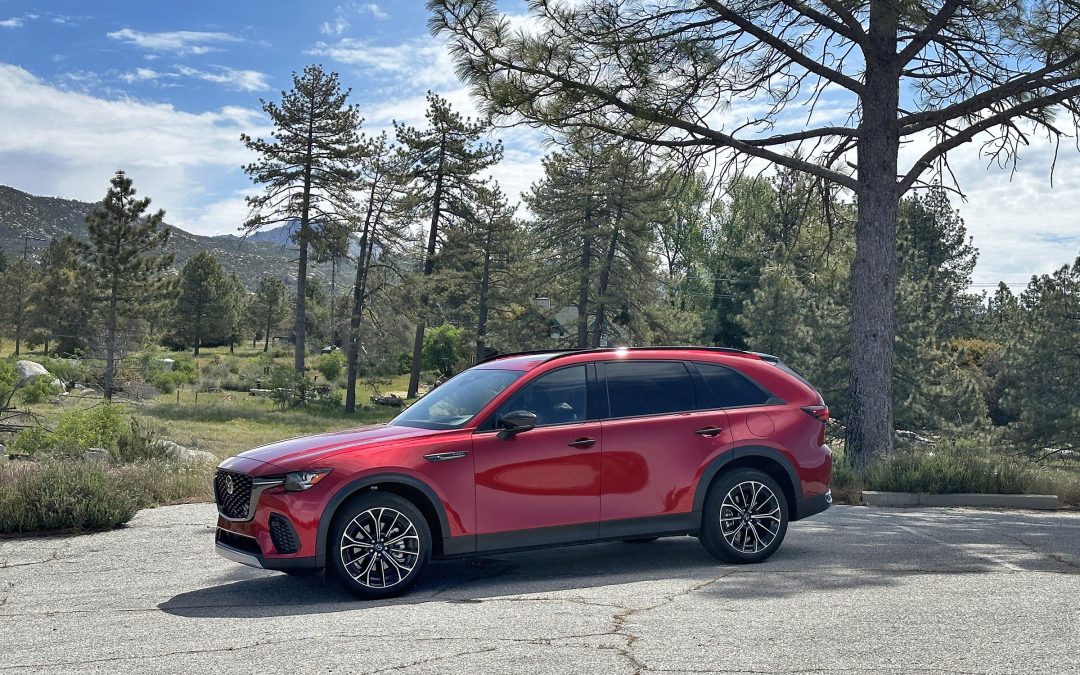This week's edition of the Headlight.News podcast focuses on Elon Musk getting his $56 billion dollar pay package and the emergence of the world's fastest EV from an unlikely place. Meanwhile, we also talk about Jeep's planned $25,000 EV and review the 2024 BMW X5...
